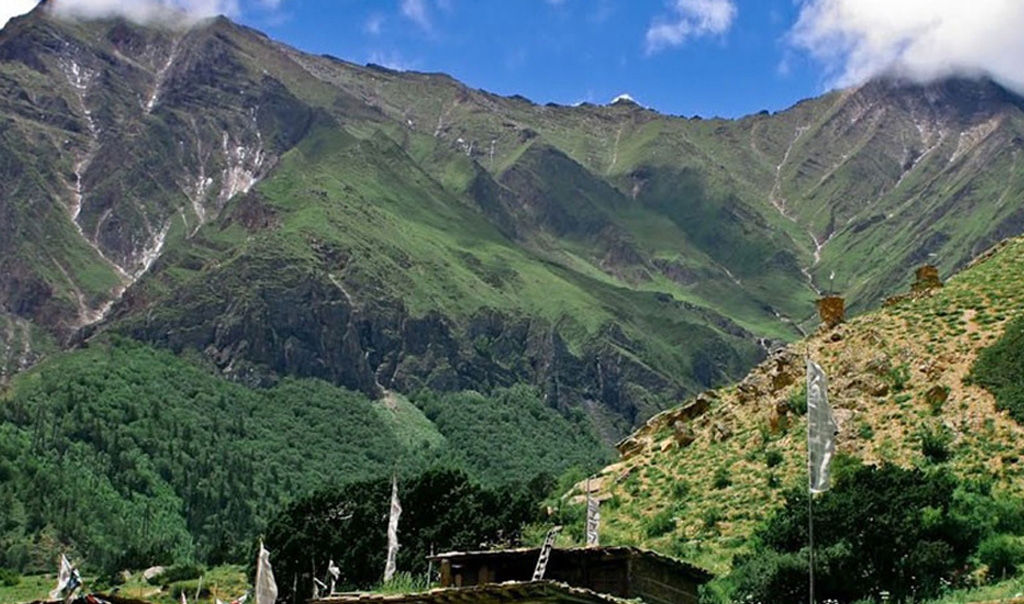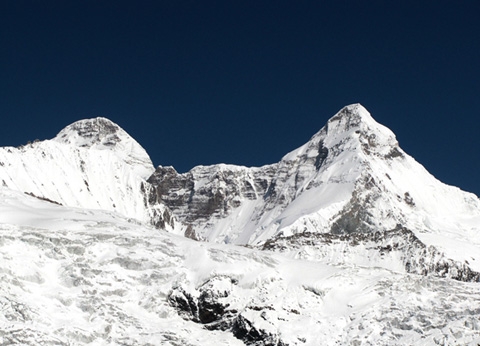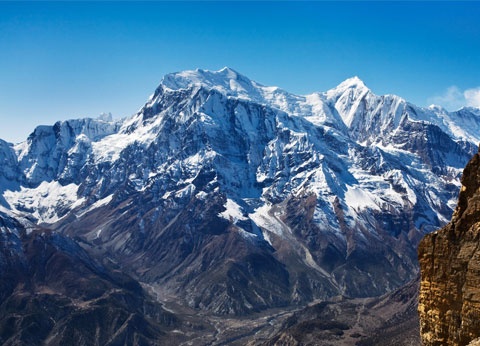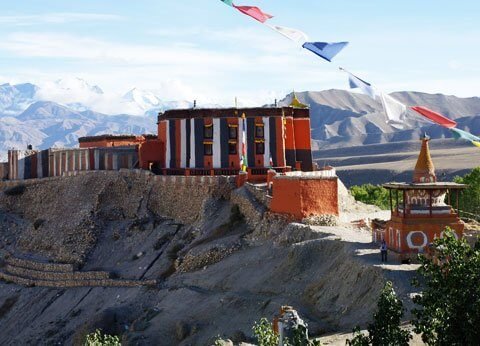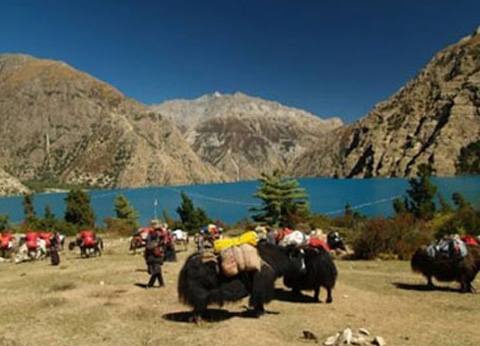About Upper Dolpo Trek
Explore the remote northwestern part of Nepal during the upper Dolpo Trek. Upper Dolpo is a restricted area in Nepal. Not anyone can go trekking in this region without a mandatory restricted area permit. Likewise, solo Upper Dolpo Trekking is prohibited, and you can only trek with a Nepali-registered travel company in a group of two people. This does not count the trekking guide and porter.
Dolpo region has Tibetan-like terrain and landscapes. The region is dry and arid. Being a rain shadow area, trekking to Upper Dolpo is possible even in the rainy season. In 1989, the Nepal government opened the trails to foreign travelers under strict rules and regulations. Upper Dolpo Trek is a magical venture amidst roaring waterfalls, cold rivers, picturesque villages, deep gorges, and valleys of fields.
You'll be trekking in the Shey Phoksundo National Park, a well-preserved area in Nepal. The region is home to exotic animals like Himalayan black bears, blue sheep, snow leopard, musk deer, red panda, etc. Likewise, you get to see a wide range of vegetation and flowers too in the initial part of the trek. This trek is more about huge pastures than lush forests.
The locals of Dolpo and their ancient cultural heritage make Upper Dolpo Trek even more intriguing. The natives are either follower of Tibetan Buddhism or the BonPon religion. Yes, you can meet the BonPo practitioners along the trekking route and get to visit centuries-old monasteries like Shey Gompa.
Some of the mountains you can see during Dolpo Trek are the Dhaulagiri range, Crystal mountain, etc. One of the major highlights of Upper Dolpo Trekking is Phoksundo Lake. Situated at 3,611 meters, Phoksundo Lake is known as the jewel of the Himalayas. The turquoise blue color of the lake with surrounding views of the hills and snow-capped mountains are phenomenal.
Upper Dolpo Trek is not for the faint hearts. You have to be strong and enduring to survive the simplicity of the region. The services along the way are basic to none. On top of that, the terrain is off-beat and crosses many passes and steep sections.
Why go on Upper Dolpo Trek with us?
A trek like this caliber needs support from professionals who make the journey tolerable. Our team at Adventure White Mountain will assist you in exploring the wonders of the Dolpo region and getting close to locals.
We'll do all the necessary reservations for the trek and make sure you get proper accommodation to spend the night. Likewise, we do all the documents and permit work for our clients to make the journey smooth.
You can book an upper Dolpo trek with us anytime. If you have any questions regarding the trek, please feel free to let us know anytime
Here are some other treks for you that have similar difficulty: Kanchenjunga base camp trek, Upper Mustang trek, Three High Passes Trek, and Nar Phu Valley Trek.


